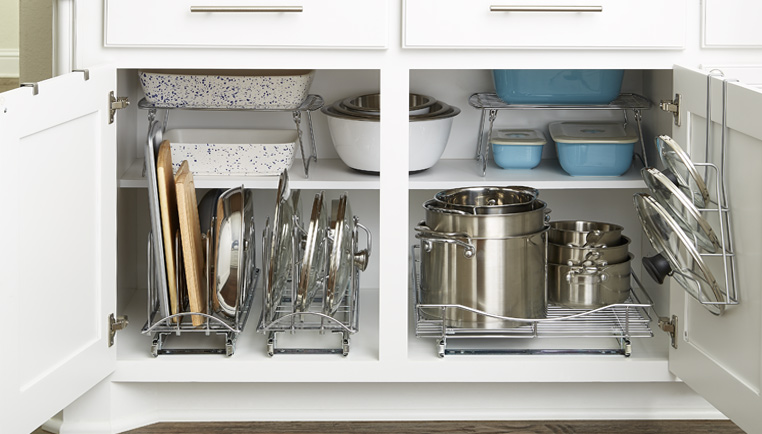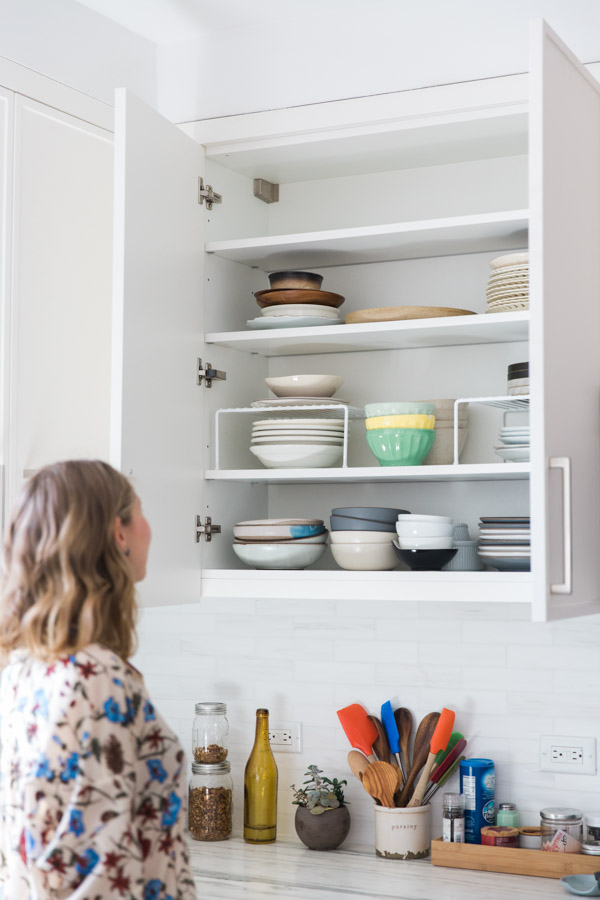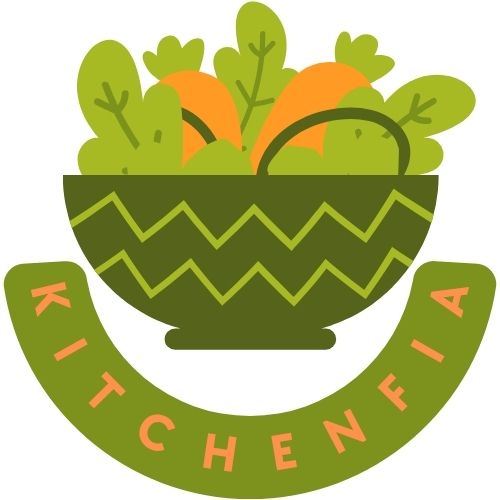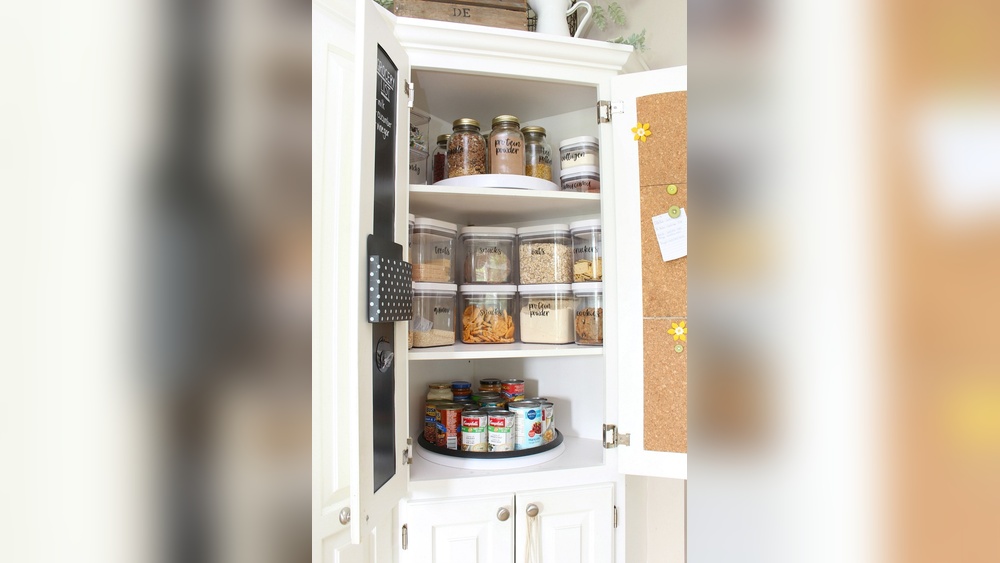Are your kitchen cabinets a constant source of frustration? You’re not alone.
When cabinets are cluttered and disorganized, it slows you down and makes cooking less enjoyable. But imagine opening your cabinets and instantly finding exactly what you need—without digging through piles or stacking awkwardly. That’s the power of a well-organized kitchen.
In this guide, you’ll discover simple, practical ways to arrange your kitchen cabinets so everything has a place that makes sense for how you cook and clean. Ready to transform your kitchen into a space that works for you? Keep reading to unlock easy steps that will save you time, reduce stress, and make your daily routine smoother.
Create Functional Zones
Cooking Zone Setup: Keep pots, pans, and utensils near the stove. This saves time when cooking. Use hooks or racks to hang utensils for quick reach.
Cleaning Zone Placement: Store plates, bowls, and glasses closest to the dishwasher. This makes unloading fast and easy. Keep cleaning supplies under the sink for convenience.
Food Prep Area: Place cutting boards, knives, and mixing bowls near the counter space. Group spices and oils in one cabinet for easy access. Keep frequently used tools within arm’s reach to speed up meal prep.
Prioritize Accessibility
Daily use items belong in the most reachable spots. Keep plates, cups, and utensils near the dishwasher. Store pots and pans close to the stove for quick access. These items should be easy to grab without bending or stretching.
Occasional use storage goes in higher or lower cabinets. Store seasonal tools or special dishes here. This keeps the main cabinet space free for things used every day. It also helps keep the kitchen tidy and safe.
Organize By Item Type
Heavy items like pots and pans belong in lower cabinets. This keeps them safe and easy to reach. Light items such as plates, glasses, and mugs fit well in upper cabinets. They are easier to grab without lifting heavy things.
For appliance storage, keep everyday gadgets like toasters or blenders on the countertop or in a cabinet near where you use them. Store less used appliances in higher or deeper cabinets. This saves space and keeps counters clear.
| Item Type | Best Cabinet Location | Reason |
|---|---|---|
| Heavy items (pots, pans) | Lower cabinets | Safer and easier to lift |
| Light items (plates, glasses) | Upper cabinets | Easy to reach and grab |
| Everyday appliances | Countertop or nearby cabinet | Quick access during use |
| Rarely used appliances | Higher or deeper cabinets | Save counter and easy space |
:strip_icc()/kitchen-pantry-snacks-c2bb5c24-7b13dec53fc446c8ad1ae36763639f30.jpg)
Maximize Cabinet Space
Shelf risers and tiers help create extra levels inside cabinets. This makes it easier to see and reach items. Use them to stack plates, bowls, or canned goods without wasting space.
Vertical dividers keep baking sheets, cutting boards, and trays upright. This prevents clutter and makes grabbing these items quick and simple. They work well in deep cabinets.
Cabinet door storage uses the inside of doors for small items. Attach racks or hooks to hold spices, lids, or cleaning supplies. This frees up shelf space and keeps things organized.
Declutter Before Organizing
Start by removing all items from your cabinets. Sort everything into three piles: keep, donate, and throw away. Getting rid of things you no longer use makes more space. Check expiration dates on food and spices. Toss anything old or expired.
Clean the empty shelves well before putting anything back. Wipe off dust and crumbs to keep your kitchen fresh. This step helps you see how much space you really have.
Group similar items together. For example, put all baking supplies in one box or basket. This makes it easy to find things quickly later.

Group Similar Items
Baking supplies such as flour, sugar, and baking powder should be stored together. Keep items like mixing bowls and measuring cups nearby for easy access. This setup saves time and keeps your kitchen tidy.
Canned goods like beans, soups, and vegetables belong in one cabinet. Arrange them by type or expiration date. Use clear bins or lazy Susans to find cans quickly without making a mess.
Group spices and snacks in a separate area. Spices can be placed in small jars or racks for easy reading. Snacks like chips and crackers should be in a container to stay fresh and organized.
Use Containers And Labels
Clear containers help you see what is inside quickly. Use them for dry goods like rice, beans, and pasta. They keep food fresh and avoid spills. Stackable containers save space and look neat.
For labeling tips, use simple words and big letters. Write the item name and expiration date if possible. Labels help everyone find things fast and put them back right. Use waterproof labels or cover paper labels with tape to keep them clean.

Stack And Arrange Smartly
Stack identical items together to save space and find them easily. For example, place all canned goods or glass jars in one spot. Use stackable organizers to keep things neat and visible.
Arrange items by how often you use them. Put daily-use items like plates and cups at eye level or near the dishwasher. Store rarely used items in higher or lower cabinets where they do not block access.
This simple system helps you find things quickly and keeps your kitchen tidy. Grouping and stacking smartly makes cooking and cleaning faster and easier.
Frequently Asked Questions
How Do You Decide Where To Put Things In Kitchen Cabinets?
Organize kitchen cabinets by creating zones for cooking, cleaning, and food prep. Store frequently used items at eye level. Place heavy or rare items in lower or less accessible cabinets. Keep plates near the dishwasher and pots near the stove.
Group similar items together for easy access.
How Are Kitchen Cabinets Supposed To Be Organized?
Organize kitchen cabinets by creating zones based on tasks: store pots near the stove, plates by the dishwasher, and prep items near counters. Keep daily-use items accessible and place heavy or rarely used items in lower or higher cabinets. Group similar items together for easy access.
What Kitchen Cabinet Color Is Outdated?
Outdated kitchen cabinet colors include avocado green, harvest gold, and dark brown. Bright white and trendy gray remain popular choices.
What Are The 9 Steps In Organizing A Kitchen Cabinet?
1. Empty all cabinets and clean thoroughly. 2. Sort items by type and frequency. 3. Create zones based on kitchen tasks. 4. Store daily-use items at eye level. 5. Place heavy items in lower cabinets. 6. Use shelf risers and organizers.
7. Group similar items together. 8. Keep frequently used items accessible. 9. Label shelves or bins for easy identification.
Conclusion
Organizing kitchen cabinets makes cooking and cleaning easier. Group items by task and use frequency. Keep daily items within easy reach. Store heavy or rare-use items lower or farther back. Create zones near where you use items most. This simple system saves time and reduces clutter.
A neat kitchen feels inviting and works better. Start small and adjust as needed for your space. Consistency keeps your kitchen organized every day.

